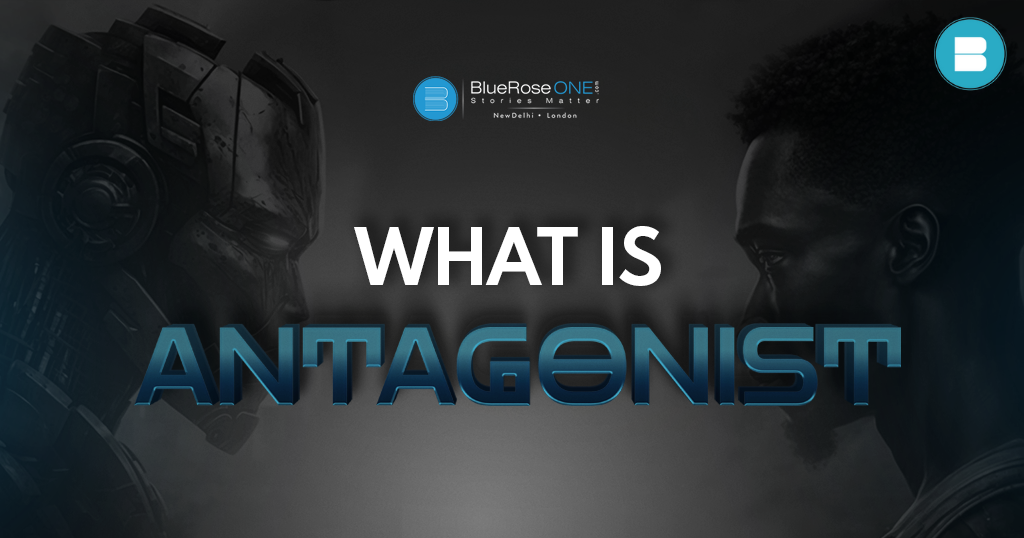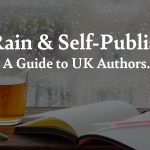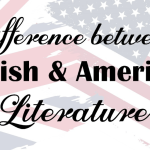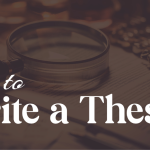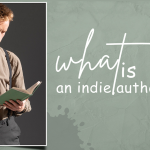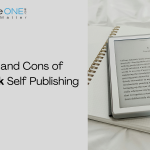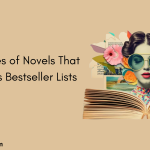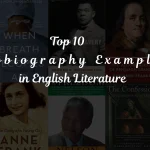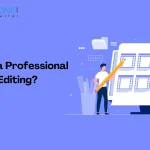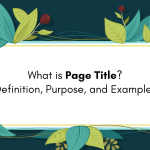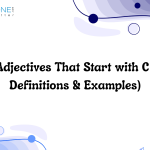An antagonist is a multifaceted character who exists to challenge the protagonist and drive the plot forward. Often misunderstood as a mere villain, the antagonist is a crucial element that adds depth, conflict, and complexity to a story.
From literary classics to contemporary novels, the antagonist plays a pivotal role in shaping the narrative and bringing out the best in the protagonist. This blog delves into the intriguing world of the antagonist in creative writing, exploring their significance, characteristics, and impact on storytelling.
The Antagonist's Essence:
The antagonist is not merely a one-dimensional adversary; they serve as a catalyst for conflict and growth within a story.
Unlike traditional villains, who are often caricatures of evil, the antagonist embodies a more nuanced role. In Herman Melville’s “Moby-Dick,” Captain Ahab’s obsession with the white whale transforms him into a captivating and tragic antagonist.
Ahab’s complexity mirrors that of the protagonist, Captain Ishmael, as they both grapple with their own obsessions and inner demons. This adds depth to the narrative by presenting a multi-layered conflict that goes beyond a simple hero-versus-villain dynamic.
Layers of Motivation:
Effective antagonists are driven by motivations that extend beyond mere malice. For instance, in J.K. Rowling’s “Harry Potter” series, Severus Snape’s initially antagonistic demeanour masks a complex history.
As his backstory unfolds, readers discover that his actions are motivated by a sense of duty to protect Harry and fulfill his promise to Lily Potter.
Snape’s hidden motivations challenge readers’ perceptions of him, blurring the lines between good and evil. This adds a layer of emotional depth to the narrative and invites readers to reconsider their judgements.
Dynamic Character Development:
Antagonists, much like protagonists, can undergo significant character development. In F. Scott Fitzgerald’s “The Great Gatsby,” Tom Buchanan is more than a mere antagonist; he represents the prejudices and insecurities of the Jazz Age elite.
As the story progresses, readers witness Tom’s flaws and vulnerabilities, which contribute to his role as a catalyst for conflict in the narrative. His evolving character showcases the impact of societal decay and moral ambiguity, enriching the themes of the story and creating a more compelling dynamic between him and the protagonist, Jay Gatsby.
You may also like: Literary Fiction vs Genre Fiction: Definition & Examples
The Antagonist as a Mirror
The antagonist is often a reflection of the protagonist’s internal struggles and flaws. Through their interactions, the antagonist acts as a mirror that forces the protagonist to confront their weaknesses, beliefs, and choices.
The internal battles between the protagonist and antagonist create a compelling psychological drama that resonates with readers. In William Golding’s “Lord of the Flies,” the antagonist, represented by the dark instincts within the boys, reflects the inherent darkness within humanity, challenging the protagonist’s morality.
Subverting Expectations
Crafting an antagonist who defies expectations keeps readers engaged and invested in the story. Subverting traditional antagonist roles can lead to unexpected twists that elevate the narrative. In Agatha Christie’s “And Then There Were None,” the revelation of the true antagonist is a masterful stroke that leaves readers reevaluating their assumptions and conclusions.
Balancing Sympathy and Conflict
An antagonist’s relatability can create a complex dynamic between sympathy and conflict.
When readers understand the antagonist’s motivations, they may find themselves torn between rooting for the protagonist’s success and empathising with the antagonist’s struggles.
In Mary Shelley’s “Frankenstein,” Victor Frankenstein’s reckless pursuit of knowledge transforms him into both protagonist and antagonist, blurring the lines between creator and creation.
Steps to Brainstorm a strong Antagonist
Creating a strong antagonist is crucial to building a compelling and engaging story. A well-developed antagonist adds depth, conflict, and tension, pushing the protagonist to grow and evolve. To brainstorm a strong antagonist, follow these steps:
- Understand Their Role: Clarify the antagonist’s purpose in the story. They should oppose the protagonist’s goals and create challenges that drive the plot forward.
- Define Their Motivation: Determine why the antagonist opposes the protagonist. Are they seeking power, revenge, or simply conflicting beliefs? A compelling motivation adds depth to their character.
- Create Complexity: Develop a multidimensional antagonist by giving them strengths, weaknesses, and a backstory. Humanise them by showing their vulnerabilities and fears.
- Consider Moral Ambiguity: Avoid making the antagonist purely evil. Incorporate shades of grey into their actions and motivations, making them more relatable and interesting.
- Backstory and Trauma: Craft a backstory that informs their motives. Consider past traumas or pivotal life events that shaped their worldview and decisions.
- Personality and Traits: Decide on their personality traits—how they speak, act, and interact with others. A distinct personality makes them memorable.
- Conflict with Protagonist: Identify the core conflicts between the antagonist and the protagonist. This conflict should challenge the protagonist’s beliefs, strengths, and resolve.
- Create a Moral Dilemma: Develop situations where the antagonist’s actions force the protagonist to question their own morals and decisions, adding complexity to the narrative.
- Relationships and Allies: Consider the antagonist’s relationships with other characters. Allies and henchmen can reveal different facets of their character and provide support.
- Goals and Strategies: Define the antagonist’s end goals and the methods they employ to achieve them. Their strategies can create tension and surprise within the plot.
- Foils and Mirroring: Explore how the antagonist contrasts or mirrors the protagonist. This dynamic can reveal insights into both characters’ journeys.
- Physical and Symbolic Elements: Use physical attributes or symbolic elements that reflect the antagonist’s personality, motives, or role in the story.
- Evolution and Arc: Plan how the antagonist will evolve throughout the story. Their own growth or decline can parallel the protagonist’s journey.
- Impact on Setting: Consider how the antagonist’s actions affect the world they inhabit. Their influence can shape the story’s environment and atmosphere.
- Unpredictability: Introduce unexpected elements or decisions from the antagonist that challenge the protagonist’s expectations and strategies.
- Resolution: Decide on the antagonist’s fate by the end of the story. Their resolution should provide closure to their arc and contribute to the story’s overall conclusion.
By following these steps, you can create an antagonist who is not just a hindrance to the protagonist but a complex character in their own right—a force that propels the narrative forward and captivates readers.
Best Antagonist Ever Written:
- Iago from William Shakespeare’s “Othello”: Iago’s manipulation, deception, and jealousy make him one of literature’s most notorious and cunning antagonists. His ability to sow discord and manipulate those around him leads to tragic consequences.
- Professor Moriarty from Arthur Conan Doyle’s Sherlock Holmes stories: Moriarty is the arch-nemesis of Sherlock Holmes, an intellectual and strategic genius who serves as the ultimate foil to Holmes’ detective prowess. Their cat-and-mouse dynamic has become iconic.
- Sauron from J.R.R. Tolkien’s “The Lord of the Rings” series: Sauron is the embodiment of evil in Tolkien’s epic fantasy world. His quest for power and dominance drives the events of the series, making him a symbol of malevolence.
- Hannibal Lecter from Thomas Harris’ novels (starting with “Red Dragon”): Hannibal Lecter is a chilling antagonist known for his intelligence, cannibalistic tendencies, and psychological manipulation. His complex character has left an indelible mark on popular culture.
- Nurse Ratched from Ken Kesey’s “One Flew Over the Cuckoo’s Nest”: Nurse Ratched represents institutional oppression and control in a mental health facility. Her authoritarian rule creates a powerful conflict with the protagonist, Randle P. McMurphy.
- Count Dracula from Bram Stoker’s “Dracula”: Count Dracula is a classic vampire antagonist whose allure, power, and immortality have fascinated readers for generations. His ability to control minds and manipulate fear adds depth to his role.
- Captain Hook from J.M. Barrie’s “Peter Pan”: Captain Hook is a charismatic and vengeful pirate antagonist in the world of Neverland. His rivalry with Peter Pan embodies themes of youth, ageing, and the eternal struggle between good and evil.
The antagonist’s role in creative writing is far from monolithic. They are architects of conflict, mirrors of internal struggles, and catalysts for growth. By exploring their motivations, vulnerabilities, and complexities, writers can create antagonists that challenge readers’ perspectives and contribute to the richness of the narrative.
From classic literature to contemporary tales, the antagonist remains an enigmatic character that adds layers of depth and intrigue to the world of creative writing.

